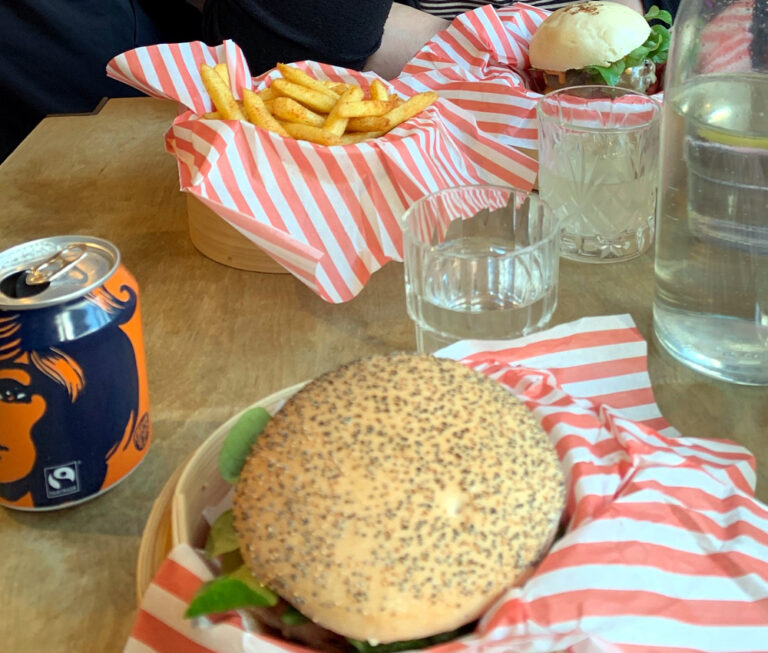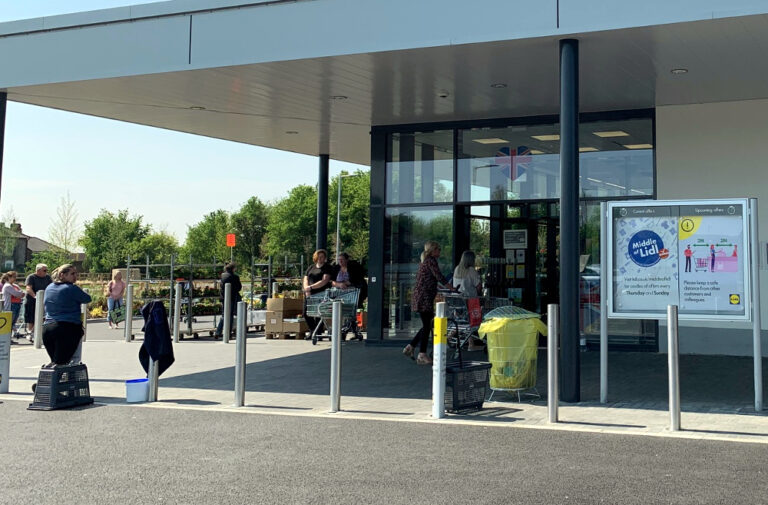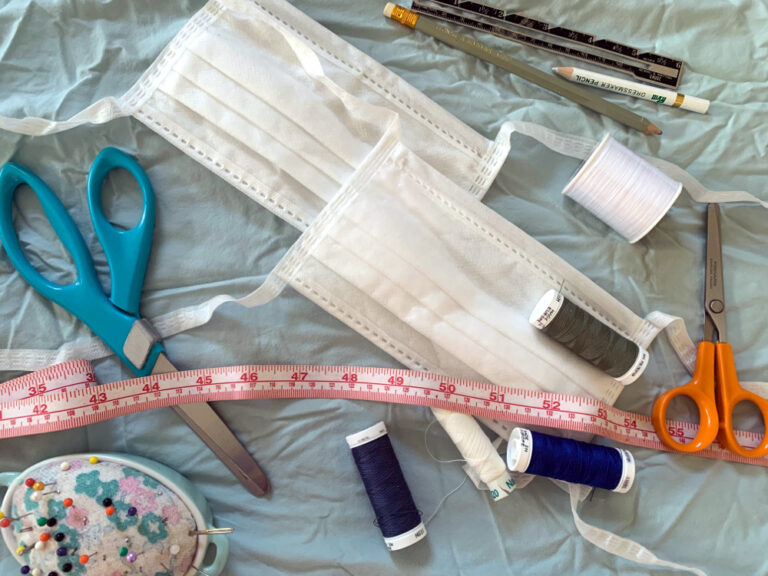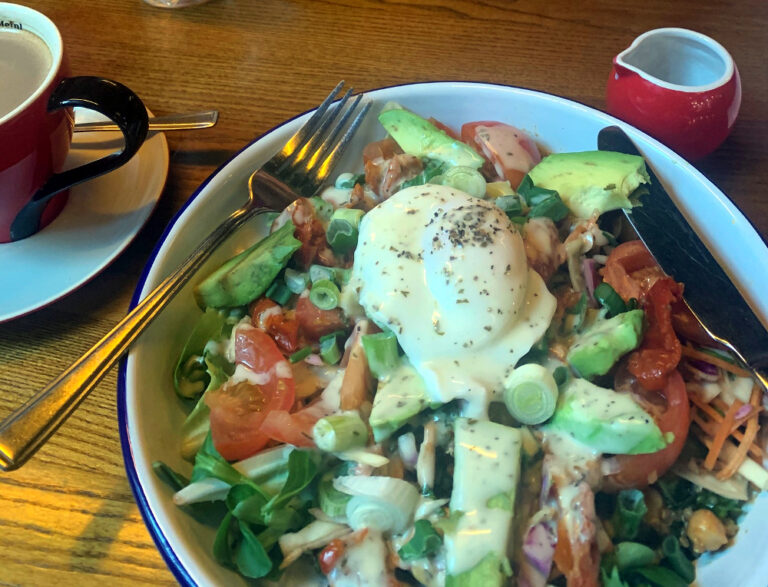More than one third of Americans are overweight and statistics for obesity in the UK published by the House of Commons state that “28.7% of adults in England are obese. A further 35.6% are overweight but not obese” (1)(2)
The NHS also announced that 20% of year 6 children are also afflicted by the condition which can cause serious long term health issues. Obesity was a factor in 711000 hospital admissions last year. (3)
“There is considerable evidence today that heart disease is not only promoted by saturated fat and increased animal products but also by refined carbohydrates.” states Joel Fuhrman MD writing in the American Journal of Lifestyle Medicine.
Fuhrman goes on to explain that “fast foods typically contain multiple chemicals and synthetic ingredients. They are calorically dense, highly flavored, and nutritionally barren. Fast foods typically contain extra corn syrup, sugar, artificial sweeteners, salt, coloring agents, and other potentially disease promoting chemicals.” (4)
Doctors advise that there is a link between overconsumption of sugar and diabetes and it is widely believed that poor nutrition contributes to a higher risk of inflammatory and immune system problems like arthritis and brain function problems like Alzheimer’s disease.
Pub chains like Wetherspoons and Stonegate public houses sell many cheaply priced dishes to offer their regulars which are likely to be deep fried and have a high sugar content. Restaurants that sell fast food in England, Scotland, Wales and Northern Ireland include Dixy Chicken, Chicken Cottage, Kentucky Fried Chicken, Sam’s Chicken, Nando’s, Papa John’s and Domino’s Pizzas.
All the pubs and restaurants in the UK were ordered to close on the evening of the 20th March by Prime Minister Boris Johnson. This pre-empted a general lockdown in order to support the NHS and prevent the further spread of the coronavirus that has tragically now taken more than 30,000 lives in Great Britain alone. (5)
This ‘forced break’ from eating out is now an opportunity for McDonalds, Wimpey, Little Chef, Five Guys and other hamburger joints to stay an occasional treat, rather than a regular lifestyle choice in our ‘new normal’ lives for those that need to loose weight.
Adults and teenagers can now choose not to go back to quick fix ‘dirty burgers’, kebabs or pizzas with fries and they may well see a big improvement in their slimming efforts.
Nearly everyone in the country has been eating all their meals at home for nearly 2 months now. The majority of citizens have had more time than ever before to chop vegetables and fruit and follow nourishing recipes. Cooking stews, casseroles, curries and baking have all become popular pastimes as most households do not need to rush out to work as usual.
It is widely known that preparing wholesome specials from scratch at home is a much better diet option than fried food and the popularity of cooking programmes on television demonstrates a lot of general interest in the subject.
Lockdown is an opportunity for actively enhancing well-being and learning new culinary skills for most citizens. Simple cooking with traditional ingredients and fresh produce can be enjoyed and shared during some quality time. Techniques for living in a fresh way that is good for your heart can be passed down the generations and between housemates.
However although cafeterias are all closed as part of the lockdown in the UK, the Drive Thru outlets are slowly starting to open up across the country. Some companies have found ways of maintaining social distancing that also meet the strict regulations as they can keep customers in their cars.
Burger King’s menu does not contain any fruit or vegetables apart from high sugar fruit juice. There are 760 calories in a Whopper with Cheese alone, before the sides are added to the meals total nutritional count. (6) So for the determined fast food fan it is now just possible to motor past the American diner once a week when picking up groceries.
The supermarkets are all open every day and so doing the regular shop is one of the few outings that British folk are allowed to do under lockdown rules. Not every home is in a location that has a garden and access to a park, beach, wood, lake or pathways that can be used for outdoor exercise that stays within the criteria of keeping a 2 meter distance between neighbours.
A lot of mums and dads are keeping their small children indoors every day as they don’t think they can maintain a safe distance and achieve adequate hygiene protocols outdoors where they live. This is due to crowded city living and the natural nature of youngsters to want to run around with each other and touch everything.
Consequently social media has been full of people confessing they have done lots of cooking and eating and not as much exercise or sport as usual which is resulting in weight gain.
Some adults say they have been reaching for comfort snacks and alcoholic drinks as a way of soothing themselves during this time which understandably can be a sad, anxious and challenging time for many. Medical advisers report ‘stress eating’ is common reaction and that hormones such as cortisol are responsible for craving high fat and sugar filled treats. (7)
Another threat to solving the obesity problem just by closing the unhealthy eating establishments is that the delivery market that was already seeing growth in 2019 and estimated to be worth 8.5 billion pounds in 2019 is now booming under the new lockdown conditions in 2020. (8)
The rise of smart phones and internet broadband in nearly all homes in the UK means it is very easy for anyone to order takeaway meals to be delivered to their door sometimes in a matter of minutes. This way of organising supper is not affordable for most families every day but it is super convenient for those who don’t want to or can’t cook and have the means to pay for it. Experts predict that in 2020 there will be 11 million users ordering online food delivery. (8)
It might take legislation stronger and broader than the sugar tax introduced in 2018 to halt the increase in obesity in the UK. The psychological and financial impact of the consequences of the COVID-19 on everyone in the British Isles is going to be far reaching. Poverty, loneliness, boredom, depression and lack of fresh ingredients available locally, all contribute to the complex reasons behind why extreme weight gain is so common.
Breaking the cycle of regularly eating nutritionally empty breakfasts, lunches and dinners out, could achieve a very positive change in dining habits. This may prompt a big step forward in keeping both those over 18 and young people in good condition and top physical form and away from hospitals in years to come.
Inadvertently this awful pandemic will also bring some positive changes. ‘Staying in and keeping well’ is a chance to inspire and promote the choice of better lifestyle for those in the general public who are struggling with their weight. If we ‘are what we eat’ the unavailability of fast food eateries can potentially lead to some great strides forward in the future healthiness of our nation.
(1) ‘Obesity Statistics’ Carl Baker for the House of Commons Library 6 August 2019 Obesity Statistics House of Commons
(2) ‘Obesity Facts’ Kimberley Holland, Healthline.com, 5 December 2017 Obesity Facts by Healthline
(3) ‘Statistics on Obesity, Physical Activity and Diet, England, 2019’ national Statistics, NHS Digital, 8 May 2019 Statistics on Obesity by NHS Digital
(4) ‘Hidden Dangers of fast and Processed Food’ Joel Fuhrman MD, American Journal of Lifestyle Medicine 3 April 2018 Dangers of fast Food Fuhrman, American Journal of Lifestyle Medicine
(5) ‘Coronavirus latest news: UK Death toll now highest in Europe’ Lizzie Roberts, Georgina Hayes, Gareth Davies, The Telegraph 5 May 2020 Coronavirus death toll highest Europe, Roberts, The Telegraph
(6) ‘Burger King Whopper Nutrition Facts’ Fast Food Nutrition 4 May 2020 Burger King nutrition facts, Food Nutrition
(7) ‘Why stress causes people to overeat’ Harvard Health Publishing, Medical School 6 May 2020 Stress and overeating, Harvard Health Publishing
(8) ‘Food delivery and takeway market in the UK – statistics and facts’ Jennifer Luty, Statista 9 April 2020 Food delivery and take away statistics, Luty, Statista












